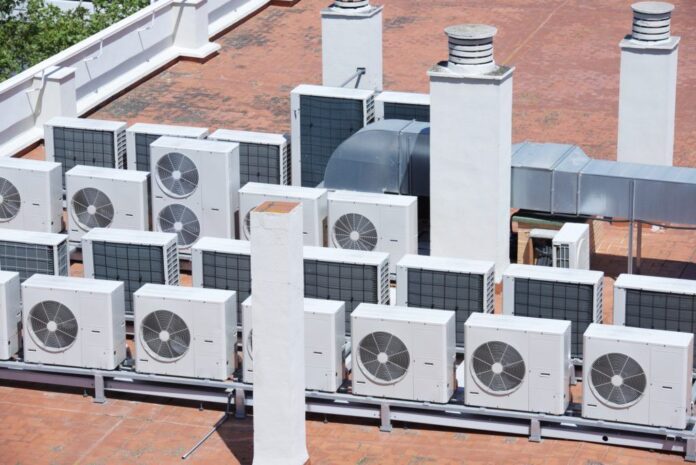Are you fed up with your A/C unit taking over valuable patio space? Is your A/C unit huffing and puffing in the vicinity of your Adirondack chairs? Is your repairman ever a little puzzled as to where the malfunction lies in your system?
You may be interested in upgrading your central air system to a roof unit if you answered “yes” to any of these questions. These units can be expensive to install. However, they are more efficient and can be found in remote locations which may offset the higher price. It is worth checking if this is the right option for you.
For decades, industrial and commercial buildings have preferred rooftop HVAC systems because of their flat roofs that allow for easy installation and maintenance. This allows them to save valuable ground-level space. In single-family residential homes, however, rooftop systems are lagging in popularity. Many homeowners opt for central air systems over rooftop systems because of the higher cost.
Calculate The System’s Capacity
Before you buy an HVAC system, make sure to determine the size that it will need. Systems that are too big or small will not be as efficient and will not provide the best conditions for your home. However, a properly-sized unit will create a comfortable indoor atmosphere and help to lower your energy bills and saves money to the best possible extent.
Is Your Roof Strong Enough To Support The System?
Once you have established the system’s capacity, you will be able to determine its weight and dimensions. This information will allow you to plan how to install your unit. You should ask yourself the first question: “Is my roof strong enough for this extra weight?”
This is not the job of an HVAC contractor. Instead, employ a licensed structural engineer for a structural assessment of the roof. An engineer will inspect your roof, calculate load loads, and factor in age and material composition. This will help determine if any repairs are needed before it is installed. You may need to repair, replace, or reinforce your roof depending on its design.
Once you have confirmed that your roof can support the HVAC system’s weight, you can decide where to mount it. The ideal location will allow you to mount the unit in a safe and easy-to-reach area.
The HVAC unit must be level to ensure condensate flow. The supporting curb or frame must be designed to level a pitched roof. To determine the best location for your unit and to design the support structure, your engineer can work with the HVAC contractor.
Ensure Envelope Integrity
To install a rooftop HVAC unit, penetrations must be made through the roofing membrane. These penetrations should be used for ductwork or reinforcement, and not for the entire unit. The unit’s acoustic isolation will be enhanced by limiting penetrations. To reduce vibrations entering the building, it may be necessary to place isolators beneath the unit.
The roofing contractor must ensure that the roof is still able to withstand the elements after the unit has been installed. This includes adequate flashing around any openings created during installation.
What You Can Do Next
Con-Form Group is here to help you take advantage of all the benefits that a rooftop HVAC system has to offer. A full structural assessment will be done on your roof by their licensed professionals. They’ll also recommend any necessary modifications to your new unit and will help you to navigate the permitting process and reduce costs if your roof needs repair for the installation of the HVAC roof plant platform.

